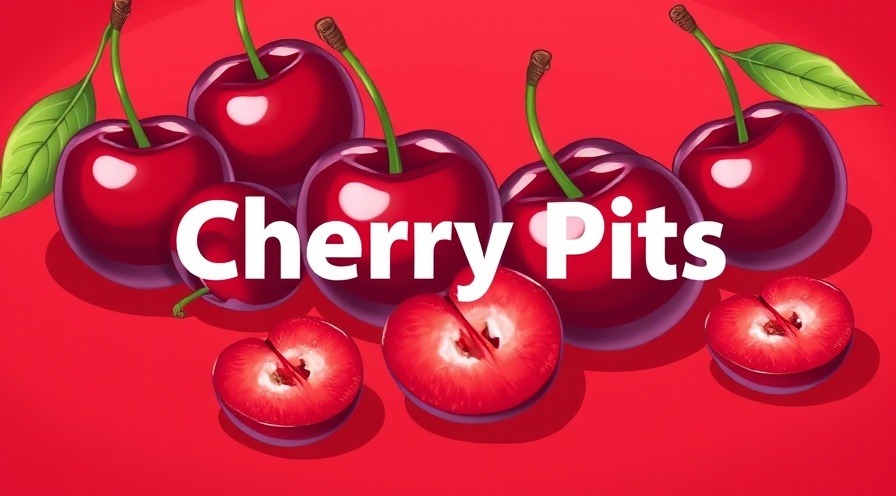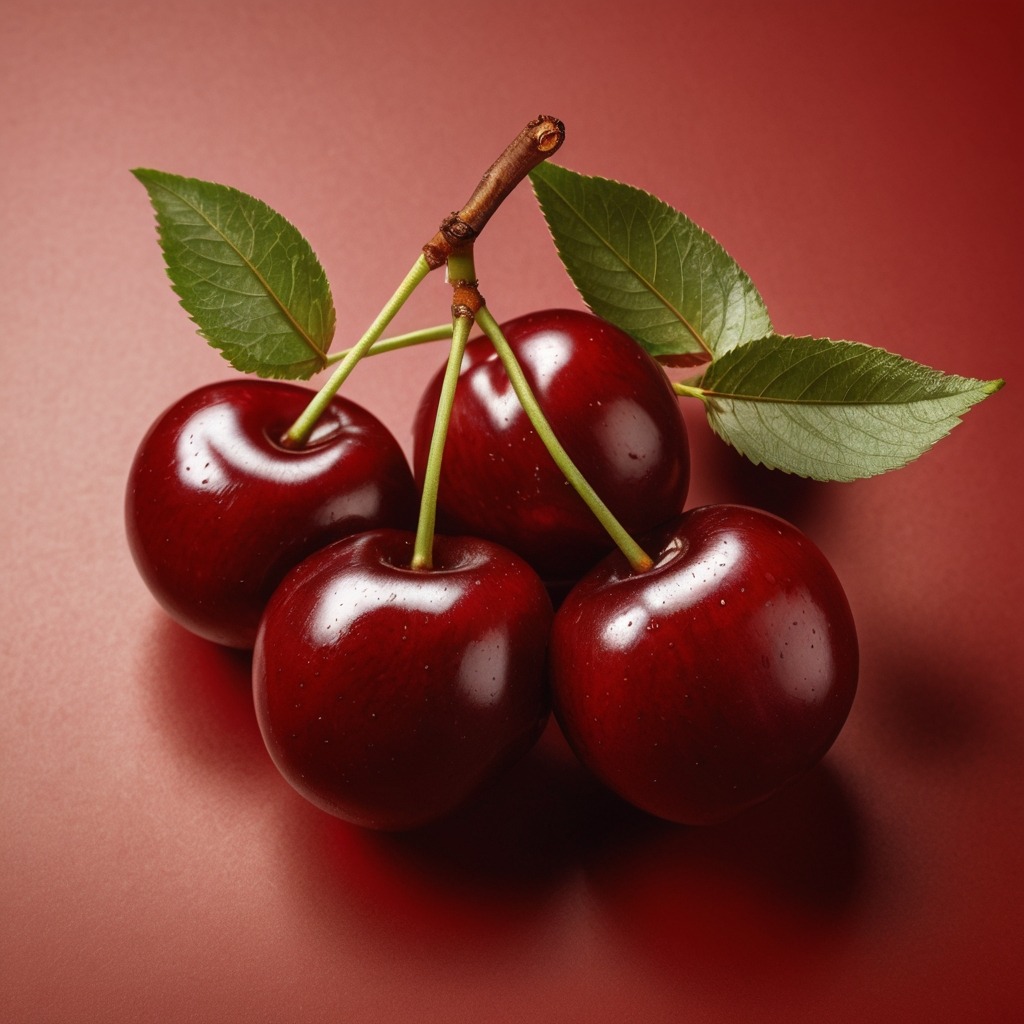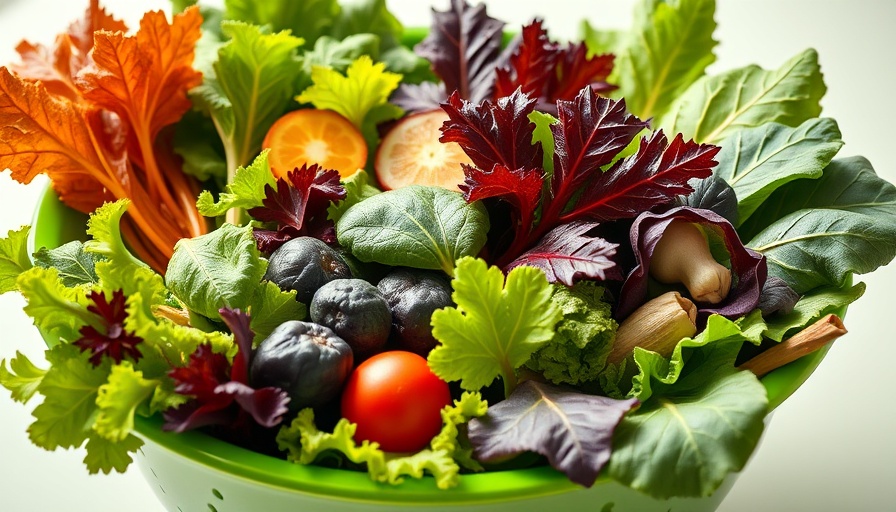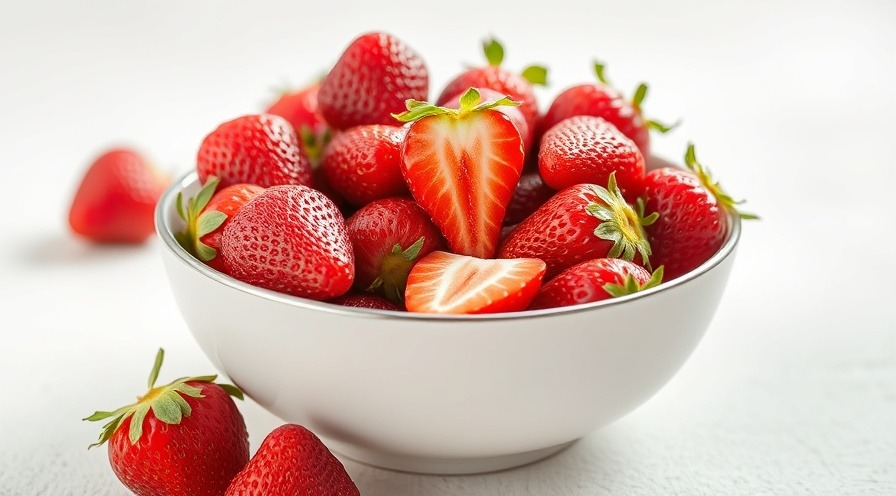
Are Cherry Pits Really Poisonous? Unpacking the Danger
Cherries are a beloved summer treat, offering a sweet burst of flavor and a plethora of health benefits such as antioxidants and vitamin C. However, many parents might wonder about the tiny, hard pits nestled within these juicy gems. Are cherry pits truly dangerous? Let’s uncover the facts, debunk the myths, and equip you with essential knowledge regarding cherry pit safety.
In 'Cherry Pits: Tiny Fruit or Hidden Danger?', the discussion dives into the risks associated with cherry pits, which has led to deeper analysis about how this knowledge can safeguard our families.
Understanding the Composition of Cherry Pits
Cherry pits, also known as stones or seeds, are encased in a hard outer shell that holds a small seed inside. This seed contains a compound called amigdalin, classified as a cyanogenic glycoside. What does this mean in practical terms? If the pit is crushed or chewed, it can potentially release cyanide—yes, the very toxin associated with poison. But before you conclude that cherries should be banned from family diets, let’s break it down further.
What Are the Risks?
Swallowing a whole cherry pit is largely considered harmless. Studies indicate that the toxic dose of cyanide contained within a single pit is minuscule and poses little threat to the average adult's health. In fact, human bodies are quite adept at detoxifying small amounts of this compound. However, the situation changes dramatically if someone were to chew or crush multiple pits at once. For adults, ingesting around 10 to 20 chewed pits could pose significant health threats, leading to symptoms of cyanide poisoning, which includes nausea, headache, and rapid heart rate.
Children and pets, notably more vulnerable to toxins, can experience symptoms from considerably less. For instance, even two to three chewed pits may trigger adverse reactions in young children. Parents should be particularly vigilant about debris, ensuring that discarded pits are not mistakenly consumed by curious little ones or pets.
Homemade Cherry Products: A Hidden Danger?
As the cherry season blooms, many enthusiastic home cooks take the plunge into creating homemade cherry liqueurs, jams, or even teas using crushed pits. However, the lack of knowledge around the risks associated with improper preparation poses a hidden danger. If these homemade concoctions involve crushed cherry seeds, they can inadvertently become a source of toxicity. It’s highly advisable for adults to exercise caution and research thoroughly before utilizing cherry pits in DIY wellness remedies.

Recognizing Symptoms: What To Watch For
Symptoms of cyanide poisoning can manifest quickly, typically within minutes to hours following ingestion of harmful amounts. Parents should monitor for any sudden changes such as confusion, nausea, or unusual heart rates. If your child or pet displays these symptoms after suspecting cherry pit ingestion—it’s best to seek medical care immediately. Although severe cases are rare, it’s always better to err on the side of caution.
The Bottom Line: Enjoying Cherries Safely
So, what can you take away from this discussion? Cherry pits do contain compounds capable of releasing cyanide upon crushing or chewing; however, swallowing whole pits is largely safe. Make sure to share this info with children so they’re aware not to munch on the pits. While cherry snacks can be healthy, the focus on safety is paramount.
Understanding General Health Precautions
In a broader context, cherry pits push us to consider the importance of food safety in our households. Ensuring kids understand the difference between safe and dangerous foods can foster a lifetime of mindful eating habits. Engaging them in healthy discussions about food origins and safety makes eating a holistic experience, blending enjoyment with responsibility.
As we indulge in cherries this season, let’s remember to savor the flavor responsibly, ensuring we enjoy all the health benefits without the hidden dangers of cherry pits.
 Add Row
Add Row  Add
Add 




 Add Row
Add Row  Add
Add 

Write A Comment